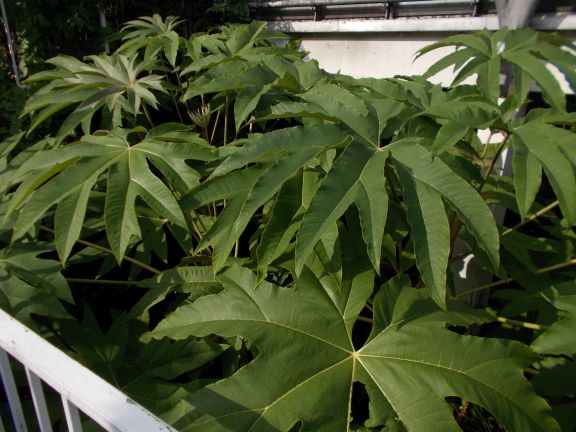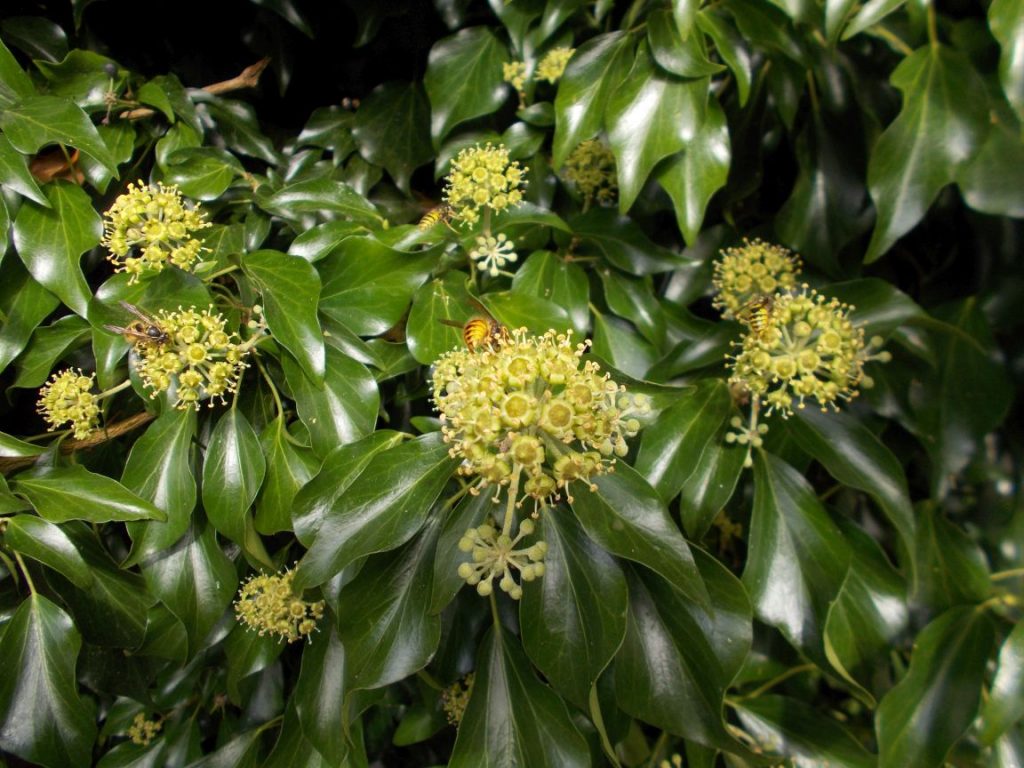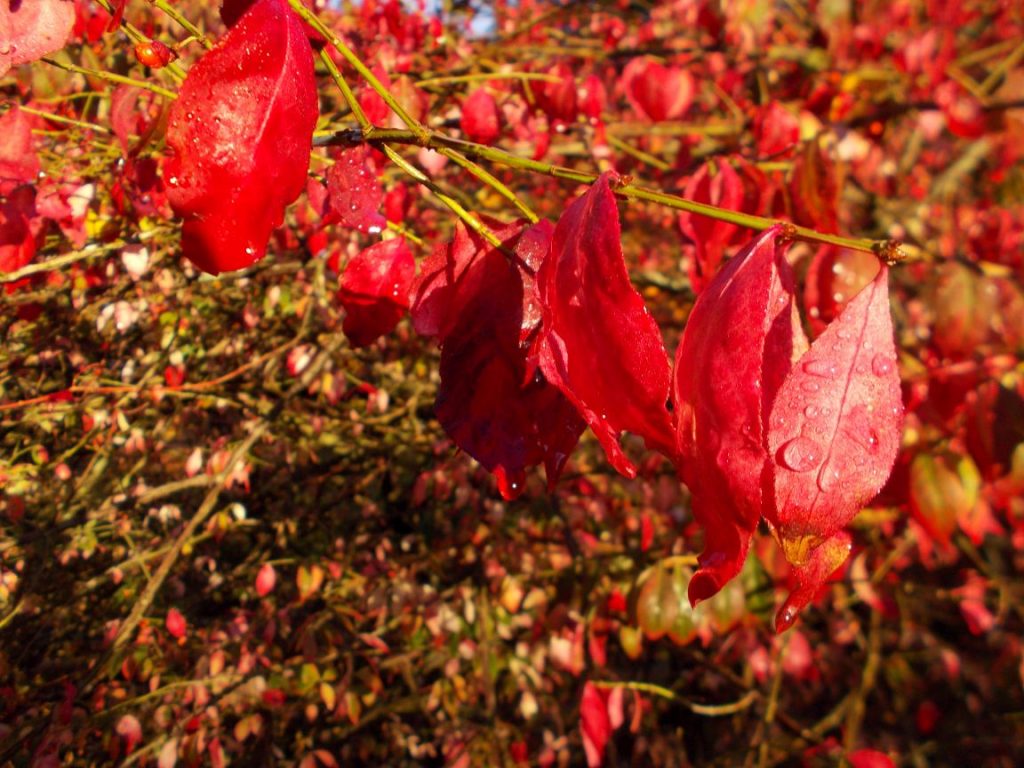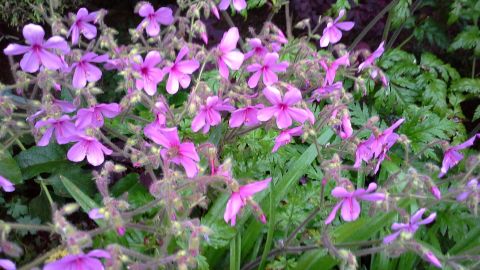January 2016 dawned with a frost, only – 0.4°c, but still a frost. This, following the wettest month for more than a century. December 2015 was also the warmest since 1910 with an average UK temperature of 7.9°c compared to the normal average of 4.1°c for the month of December. Temperatures tumbled as we approached mid-January and with all the moisture in the ground the gravel crunched as the ice crystals yielded to the weight of footfall.
We need the seasons; seasonal differences are what we expect in horticulture. The changes we are now experiencing in climate and weather patterns are causing much consternation to land managers. This winter we cut grass on 17th December 2015 and then again on 25th January. An interval of six weeks, during a season in which we would not normally mow the lawns leading to undue pressure on the machinery and our winter work programme.
The few frosts we did experience were not the overnighters when the ground remained white for days on end but fleeting drops in temperature until mid-morning when the mercury rose and the need for salt on the roads was negated.
The Snowdrops flowered for the longest duration I have known. Due, I believe to the even temperature through the flowering season and a lack of bright sunlight.
The weekend of 19 – 20th March saw two days of warmth and direct heat from the sun. This caused the colour to fade but from late December until well into the second half of March is an exceptional season for Galanthus.
March was a dry month with 23mm of rain falling in comparison to last March when 51.4mm fell. Less rain also meant more sunshine, 103.6 hours over the month.
In addition to the cold spring holding the colour on spring bulbs for a longer duration than normal, the blossom on Prunus and Malus was exceptional during April and May. Moving through to midsummer the colour white became prominent. The Hawthorn hedgerows were full of May blossom and white flowered Lilac appeared from the corners of myriad gardens through the city. Two Geranium maderense planted out in the autumn of 2015 were strong plants and full of flower from late May lasting through to the frosts of November. A reward to see these plants, native to the Island of Madeira, thriving through the past mild winter; the reward tempered by the smell of foxes, from the multitude of blooms, that is overpowering, more so after rain,
June was a changeable month with torrential rain and intense sunshine. All keeping the garden looking green and lush for the late opening on the longest day. The rain in torrents continued into July, very localised, prompting the Met Office to issue an appeal for home weather stations to download their daily recordings to the Met Office computer. This would then make forecasting of localised storms more accurate and flooding hopefully preventable.
This has been the year of the Rose. The profusion of flowers, the numbers of individual flowers per truss and their longevity have all contributed to the season of the rose. Although there have been torrential downpours the blooms have not turned to mush as is normal in a usual year. With the long, warm summer evenings conducive to sitting out in the garden until dusk envelopes you the sounds in the garden become more pronounced. The falling of rose petals is quite therapeutic on such an evening.

Tetrapanax papyrifer
Summer provided us with plentiful rain and a fair amount of sun. There were no prolonged spells of hot dry heat allowing vegetation to grow well until early September when we had to set the irrigation systems to run through consecutive nights as the soil moisture levels receded. This did not bother the Tetrapanax papyrifer. The architectural foliage grew to proportions not seen before. It admirably filled the gap between the steps and the south face of the glasshouse range.

Hedera helix
September was warm, one of the warmest and driest I can remember. A slow, calm run into winter with the added benefit to the wasps and bees of Ivy, Hedera helix, flowering prolifically and providing a source of nectar. One rampant clump overhanging the wall in the back lane was alive with wasps and bluebottles in the October sun. In those first few days of October listening to the sound of Conkers falling and hitting the ground is a sure sign of temperatures dropping and heavy dew forming on the lawns. You know it is cooler when Pete arrives for work in shorts as usual, yet combined with a woolly bobble hat lovingly knitted.
A dry, warm September/October resulted in a display of autumn colour that held on the trees in the still dry climate. The rain finally arrived, falling torrentially, late on Halloween evening.

Euonymus alatus
The morning of 1st November necessitated the first scraping of ice from the windscreen this autumn, temperatures sat just below zero to freeze the moisture in open exposed areas. With sunrise the colours in the tree canopy were highlighted. The deciduous woody shrub, Euonymus alatus was notably vibrant.
A bright sunny start to November and several mornings of frost then a period of yo-yoing temperatures; a white frost on the 10th and awakening to a high of 15.3°c on the 14th. Yet even with 21days of grass frost recorded during November the forecast is that 2016 will be the warmest year on record, following on from the previous two years which were also record breaking as warm years globally.

Geranium maderense
December temperatures in Edinburgh also reached +15°c during the first week of the month with also a few days of frost. This must be one of the most benign autumns into winter we have experienced with only one named storm which was more bluster than substance overnight of 19/20 November. The first Snowdrop of the season, Galanthus ‘Mrs Macnamara’ was flowering on the shortest day.
Storm Barbara and Connor disrupted the festivities. December ends mild and relatively dry. Apples left on the tree have yet to be pecked at by the garden bird population showing that with the mild weather and unfrozen ground there is still a plentiful supply of soil grubs.
Enjoy the open spell of weather while you can, we are now looking at longer days so more time to spend in the Garden. Good wishes for the New Year and through 2017.
